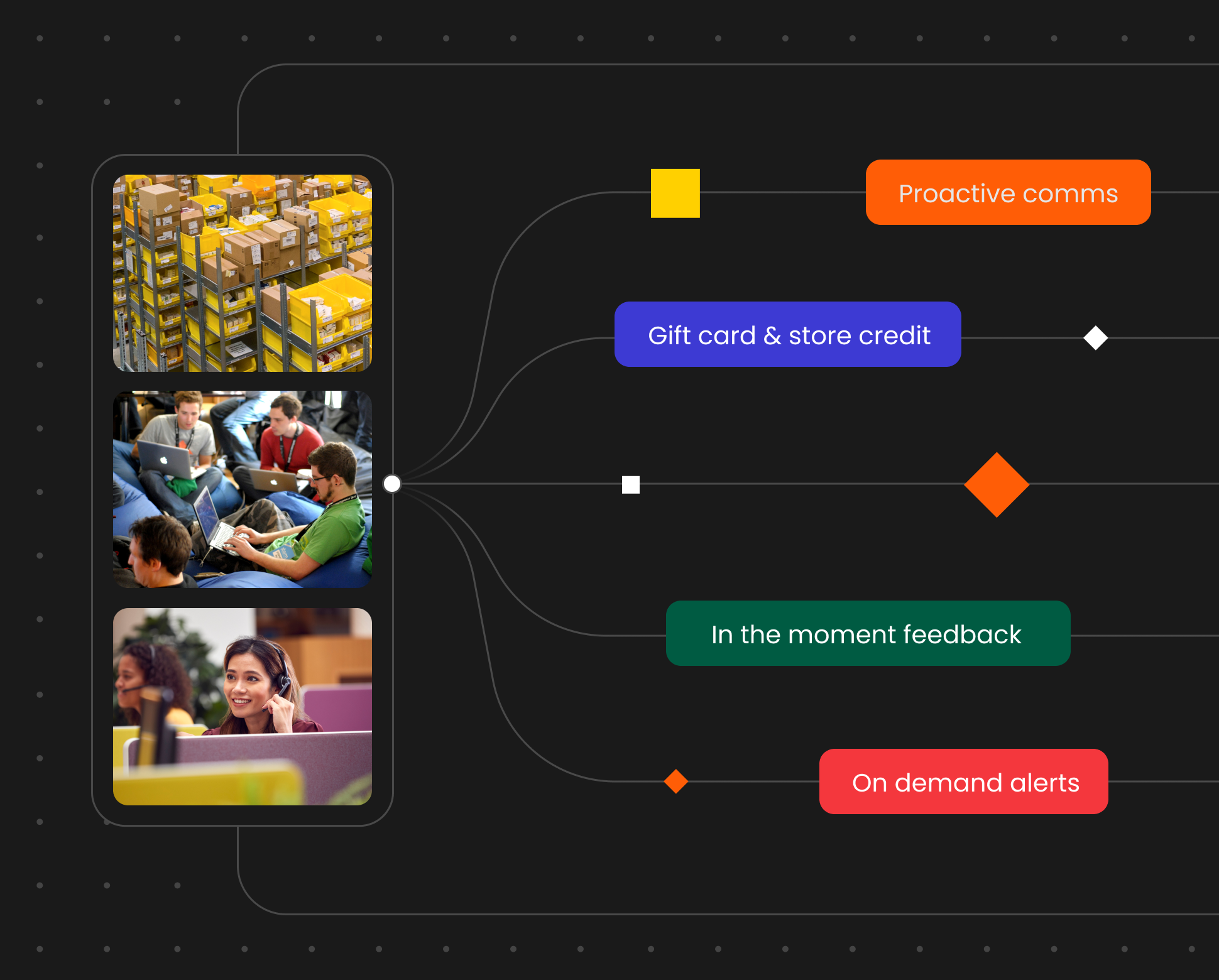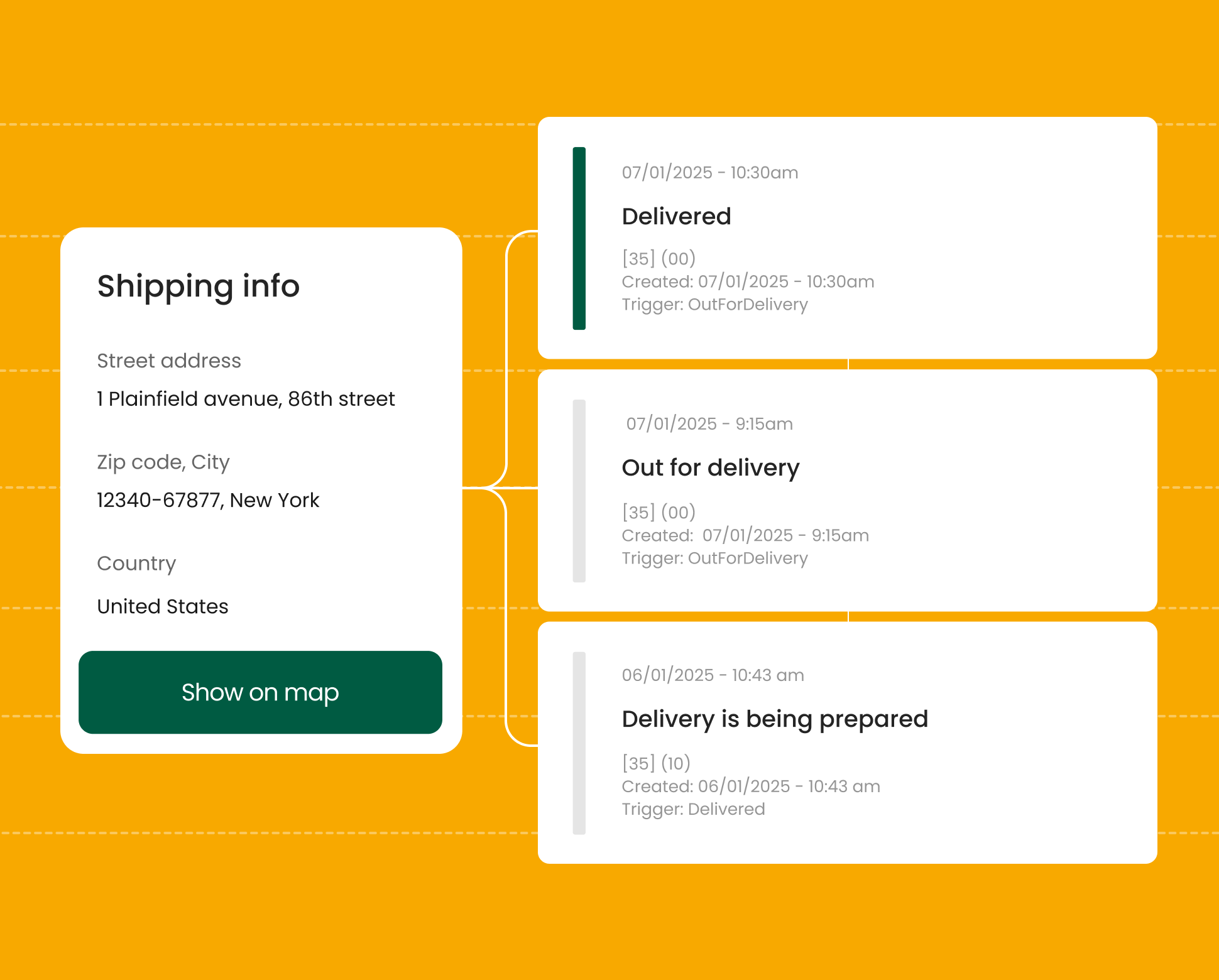What is Post Purchase Experience?
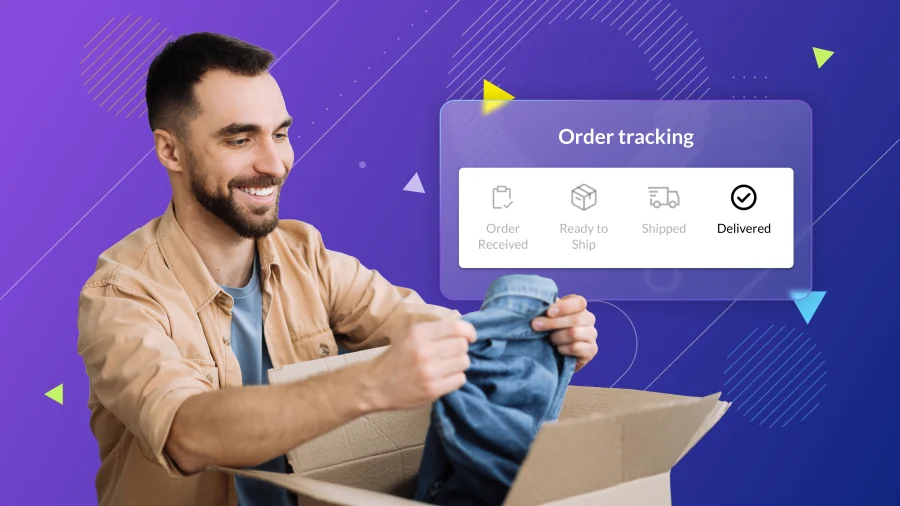
Contents
The post-purchase experience is an often overlooked yet crucial aspect of the customer journey. Most shoppers — 53% according to our research — view it as the most emotional part of any shopping experience. As such, how you design and implement this phase of the journey can make or break customer satisfaction and retention.
But what exactly goes into a good post-purchase experience? What are the steps involved, and how can you improve it?
This guide explores the ins and outs of the post-purchase experience, including what it is, why it matters, and how to optimize it.
Let’s dive right in.
What is the post-purchase experience?
The post-purchase experience refers to the processes and activities that take place after a customer buys something from your store. It involves all interactions and touchpoints a customer has with your brand after making a purchase—from simple order notifications to delivery and unboxing (that’s the fun part!), as well as returns and exchanges.
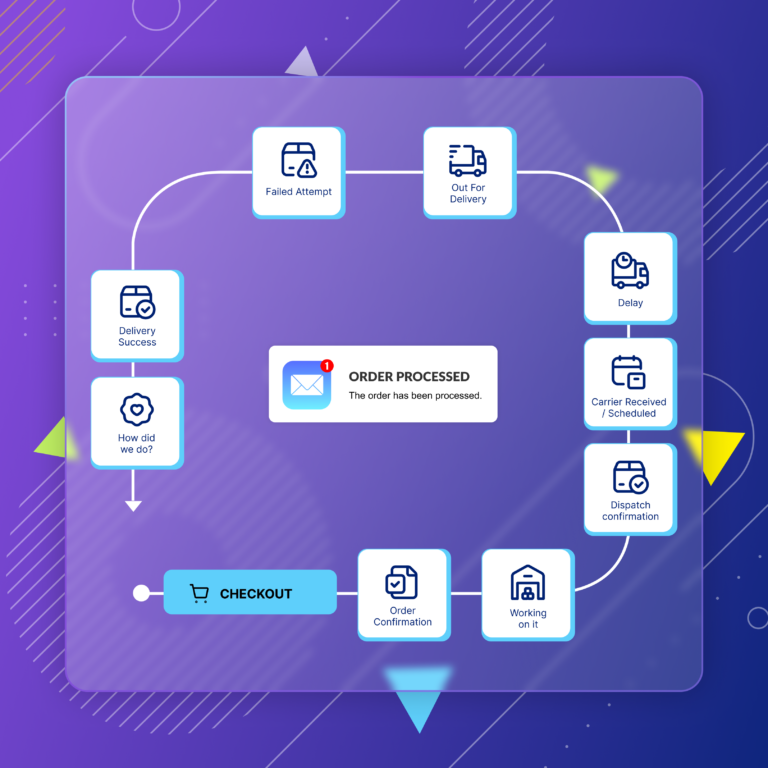
Why should you understand and elevate your post-purchase experience?
Remarkable post-purchase experiences lead to happier customers, fewer support tickets, and a healthier bottom line. Kerching!
It’s therefore important to remember that the customer journey doesn’t end at the point of sale. After someone makes a purchase, you have the opportunity to leave a lasting impression on the customer and secure their loyalty and repeat business.
As an added bonus, an excellent post-purchase experience helps your brand to stand out in today’s highly competitive landscape. In a world where products are easily commoditized and the barriers to entry are lower than ever, how you treat customers after the sale serves as a critical differentiator.
Finally, a well-designed post-purchase experience can reduce costly customer support tickets and calls. Keeping customers in the loop about their orders lessens the need for them to call your team or send “Where is My Order?” (WISMO) inquiries. This streamlines your customer support operations and helps your team be more efficient.
Let’s look at Granit Parts, one of Europe’s leading wholesalers of agricultural parts and accessories. Granit wanted to be proactive when sending order updates, so the company turned to parcelLab to help send detailed, timely communications to its customers.
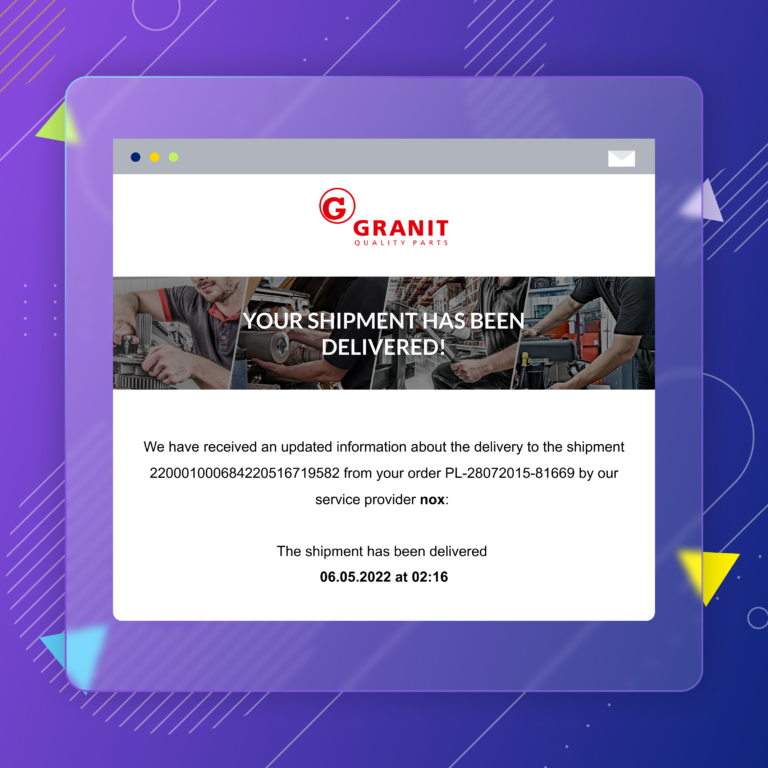
The initiative paid off and led to a significant drop in customer service inquiries. After implementing parcelLab, Granit saw 20% fewer inquiry calls and 15% fewer inquiry emails.
Fewer inquiries mean less workload for the support team, which results in cost savings or more time for revenue-driving activities. Either way it’s good news for the bottom line!
How to create the best post-purchase experience
Now that we’ve covered the “what” and “why” behind an excellent post-purchase experience, let’s discuss how you can design a solid post-purchase journey for your customers.
1. Map out the customer journey
The first step to improving your post-purchase experience is understanding what happens in the backend after the customer completes the checkout process.
Where does order information go once a purchase is confirmed? How long does it take to pick, pack and ship the item? Which carrier is assigned to which orders?
The answers to these questions will help you determine the types of communications to send and what to say to your customers.
If your orders go straight to your warehouse to be packed, you can include this information in your confirmation email, along with a timeframe for how long it takes to ship out a product, so your customers know when to expect them.
On the other hand, if you sell custom-made products, your post-purchase comms will look a little different. Your order confirmation email could inform customers that their designs are in the works to help set expectations around timing.
Mapping out the post-purchase journey also ensures that shoppers have a seamless experience across multiple brand touchpoints and interactions. It helps you design an easy-to-navigate order page with no dead ends or confusing pages – which will also help with conversion.
2. Prioritize branding the post-purchase experience
Branding the post-purchase experience means creating a consistent and cohesive customer experience that aligns with your overall brand identity. Here are some quick ideas on how to keep your post-purchase experience on-brand.
Be consistent with your messaging. Use the same tone and messaging throughout the post-purchase experience as in your pre-purchase marketing. This helps to create a sense of continuity and familiarity for customers.

Ensure all touchpoints follow the brand’s look and feel. The post-purchase stage involves several different messages and touchpoints, including:
- Order confirmation messages and updates
- An order tracking page
- Timely delivery updates
- Return or exchange policy
- Personalized recommendations
- Instructions for using or setting up the product
- Documents around warranties or guarantees
Make sure that all these components are in line with your brand.
For instance, rather than relying on a third party to provide shipping updates, opt to host that information on your own website. This gives you more control over the customer experience and ensures consistency in their journey.
Branded touchpoints like emails and order portals also drive traffic and sales. Rather than sending your customers to a third-party website (like a carrier’s portal), you can bring them back to your own website and open up opportunities for additional brand interactions and sales – it’s OK to smile! 🙂
3. Measure and evaluate the post-purchase experience
You know what they say: what gets measured gets managed. In order to elevate and improve your post-purchase experience, you must have a firm handle on your processes and performance.
This is where post-purchase analyses and logistics reporting come into play. By measuring the different components of your programs, you can identify trends and find areas of improvement.
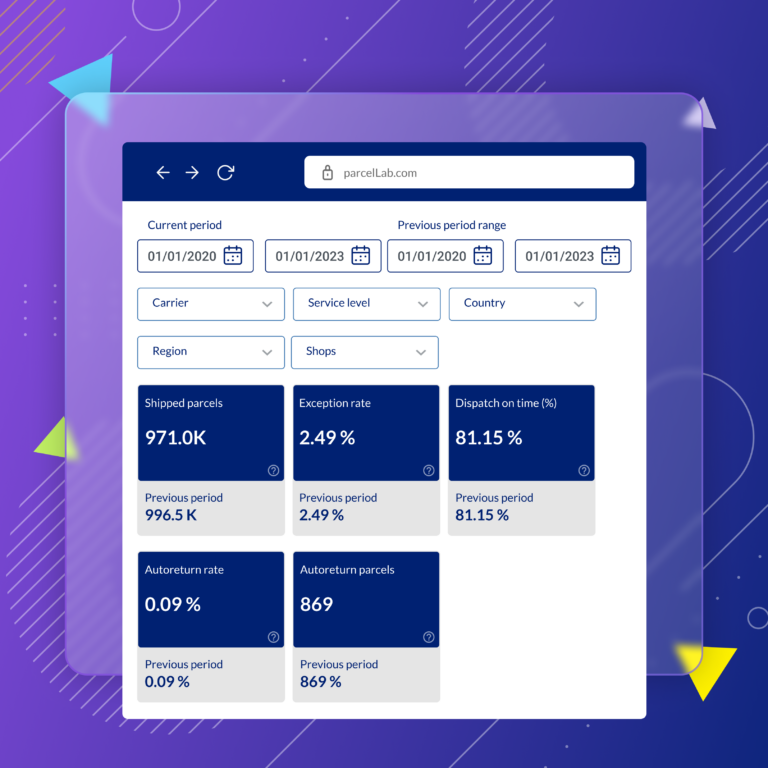
Here are some of the post-purchase metrics to keep an eye on:
– Email open rates and click-through rates. How often do people open your post-purchase emails? What links do they click on?
– Website traffic. Measure traffic to post-purchase pages such as your order portal, tracking page, returns policy page, etc. It’s also helpful to track where people go after landing on a page. Do they bounce immediately, or visit other sections of your website?
– Logistics performance. Monitoring things like delivery or carrier speed can help you forecast more accurately, so you can set realistic customer expectations. Comparing the performance of different carriers can help you make informed decisions on which providers to use.
– Customer support tickets. Track the number of support inquiries you’re getting and the nature of those tickets. This will enable you to identify themes and trends to improve your customer experience, and most importantly will help you focus on areas that really matter and deliver the most impact.
– Customer retention and repeat purchases. Knowing which customers are coming back and what products they’re purchasing allows you to identify the things you’re doing right. Doing so can uncover lessons you can apply to other products or areas of the business, such as product recommendations to drive more sales.
– Return and exchange rates. Monitoring how often and why customers return or exchange items can offer insights into product development and information (e.g. size guides), as well as brand messaging and positioning.
– Qualitative customer feedback. Collecting and observing qualitative feedback that people leave on surveys, social media, and review sites can shed light on valuable customer satisfaction insights and levers – helping you keep more customers happy and returning.
The top post-purchase experience examples
So far, we’ve discussed how you can boost your customers’ post-purchase experience. Now, let’s look at a few companies doing it right.
H&M
The fashion retailer H&M uses parcelLab to manage all post-purchase communications. The company previously used a third-party logistics vendor to do this but switched to parcelLab because it wanted to provide a highly personalized experience.
Using our platform, H&M is able to send branded order notifications to keep people informed on where their items are. The company also uses customized shipping notifications for critical events like upcoming delivery and successful package handover.
These initiatives have enabled H&M to elevate their post-purchase experience, leading to higher customer satisfaction and fewer call center inquiries.
Fashionette
In addition to having an all-in-one tracking page that lets customers track orders in near real-time, Wyze sends automated, personalized shipping messages so shoppers get product updates straight to their inboxes.
Wyze’s emails also contain relevant product recommendations to drive additional sales. Smart!
Conrad
Conrad Electronic makes product returns quick and easy for customers with the help of parcelLab.
The brand uses an online portal that enables shoppers to conveniently initiate returns online. The portal also communicates transit times and expected return dates, so customers are never in the dark regarding the status of their returns.
Not only does the online portal reduce the need for customer support involvement, it also eradicates the need for physical returns labels to be printed and added to each shipment – a greener solution that saves time, money and the planet!
How to innovate the post-purchase experience?
Looking for more ways to elevate the customer journey? Here are some ideas on how to enhance and innovate your post-purchase experience even further.
Gamify the post-purchase experience
Gamification creates a sense of fun and excitement for your customers, increasing engagement and loyalty. So, find ways to gamify the post-purchase stage. You can do this by incorporating rewards, badges, or leaderboards into your loyalty program. Everyone loves a bit of praise and recognition!
Enhance your loyalty program
If you have a rewards program, be sure to put it to good use. Leverage it to track your customers’ purchase histories and provide tailored offers and incentives. Ensure they remain connected to your brand and give them reasons to keep coming back, and spending more.
Go omnichannel
Provide post-purchase support across multiple channels and devices. Make sure customers can easily access their order information no matter where they are by designing mobile-friendly emails and websites.
As for customer service, make sure that shoppers can get support through their preferred channels, including live chat, phone calls, email, and an online knowledge base.
Build a community
Giving people a sense of belonging is a great way to boost engagement. As such, consider creating communities around your brand. Some companies, for example, have launched Facebook Groups that allow people to share their experiences with the brand’s products and engage with fellow customers. Or encourage your shoppers to tag your brand in their own social media posts on Instagram, Facebook or Twitter by reposting their content, showing how they use your products, and providing inspiration for others. We’re all copy-cats at heart!
Help customers get the most out of your products
One of the best ways to win a customer’s loyalty is to show them that you have their back even after their order has been delivered. You can do this by offering tips and insights on how to get the most out of your products.
Here are some tactics to try:
- Ideas for how to use your product (e.g., outfit suggestions, recipes, etc.)
- Videos that show people how to set up and use your products.
- Stories of other customers and their experiences.
Make returns and exchanges easy
Don’t make people jump through hoops to return a product—this is a surefire way to ruin customer relationships. Our research at parcelLab found that 62% of customers are unlikely to re-engage with a brand that gave them a poor or inconvenient returns experience.
You can improve their experience by allowing shoppers to initiate returns through your brand order portal and by giving multiple options around how and where to return orders. It builds trust and will give them the confidence to shop with you again.
What happens after post-purchase?
Depending on how you design the post-purchase experience, a number of things can happen after this stage. They include:
Follow-up communication. Once an order has been delivered, some companies follow up with customers to gather feedback and reviews. In some cases, customers are placed in a nurture sequence to provide them with updates, promotions, and more.
After-sales service. Companies may offer post-sales services such as product setup and maintenance. As always, it’s vital to offer a good level of service to ensure customer satisfaction.
Returns and exchanges. Returns and exchanges are part of the territory. The best thing you can do is to streamline this process for your customers. For best results, use a robust post-purchase experience platform like parcelLab, which offers a handy returns portal and can automate customs handling and other paperwork. To make your own and your customers’ lives easier 🙂
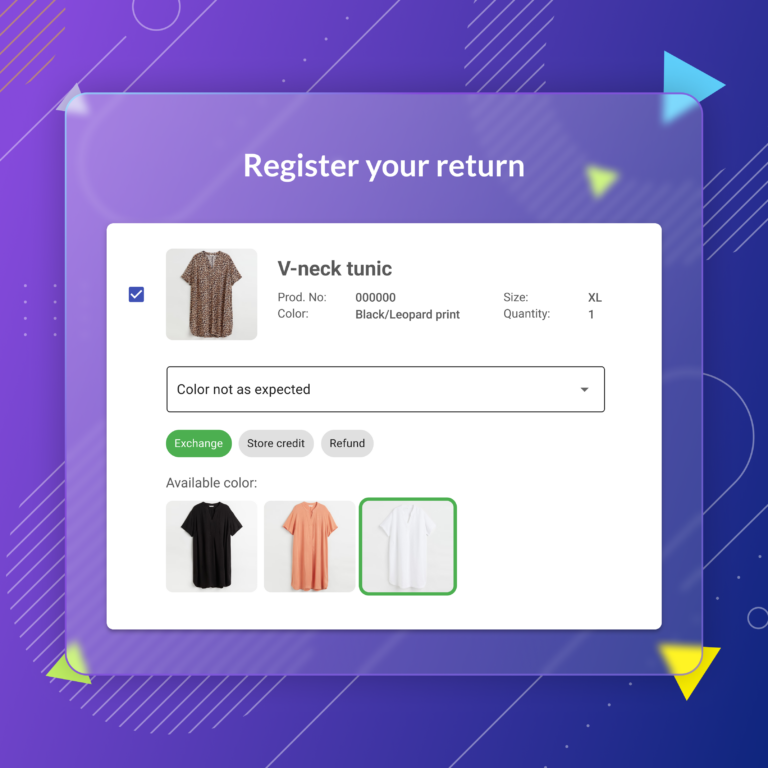
That said, always remember that post-purchase isn’t a one-and-done activity. It’s an ongoing process, and you should be proactive in maintaining good relationships with your customers.
It doesn’t have to be scary. Start small and find the right partner to work and scale with, and you’ll be seeing returns on your investment very soon, just like the retailers featured in this article.
Conclusion
The post-purchase experience should be a priority for every ecommerce business. Providing stellar customer experience after the sale not only improves customer engagement and retention, it also helps you stand out in today’s increasingly competitive marketplace.
If you want to elevate your post-purchase initiatives, parcelLab’s platform has all the tools you need to win. From post-purchase communication and order portals to logistics reporting and returns, parcelLab enables you to stay on top of all things post-purchase.
Book a demo and take parcelLab for a spin today.

